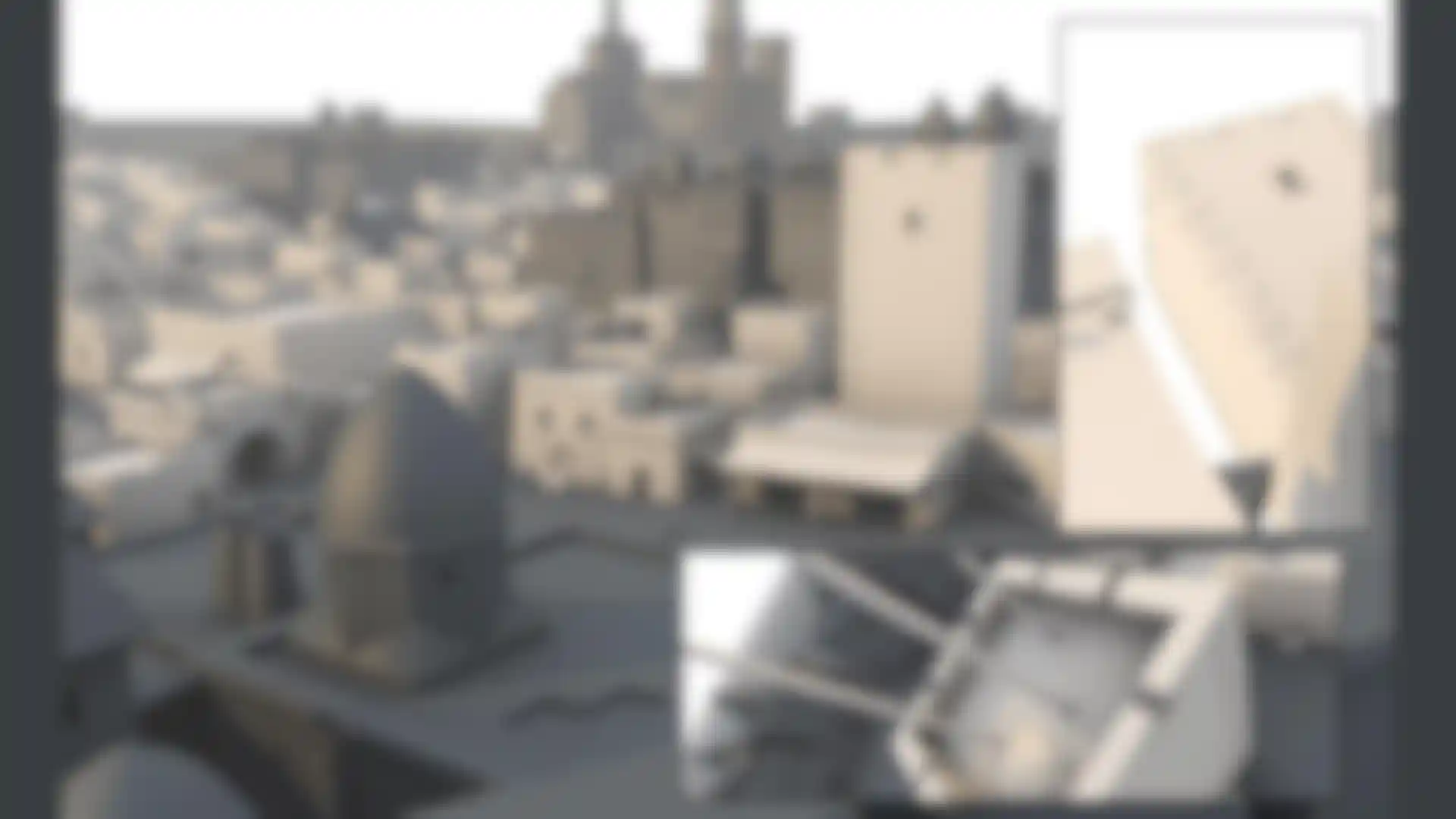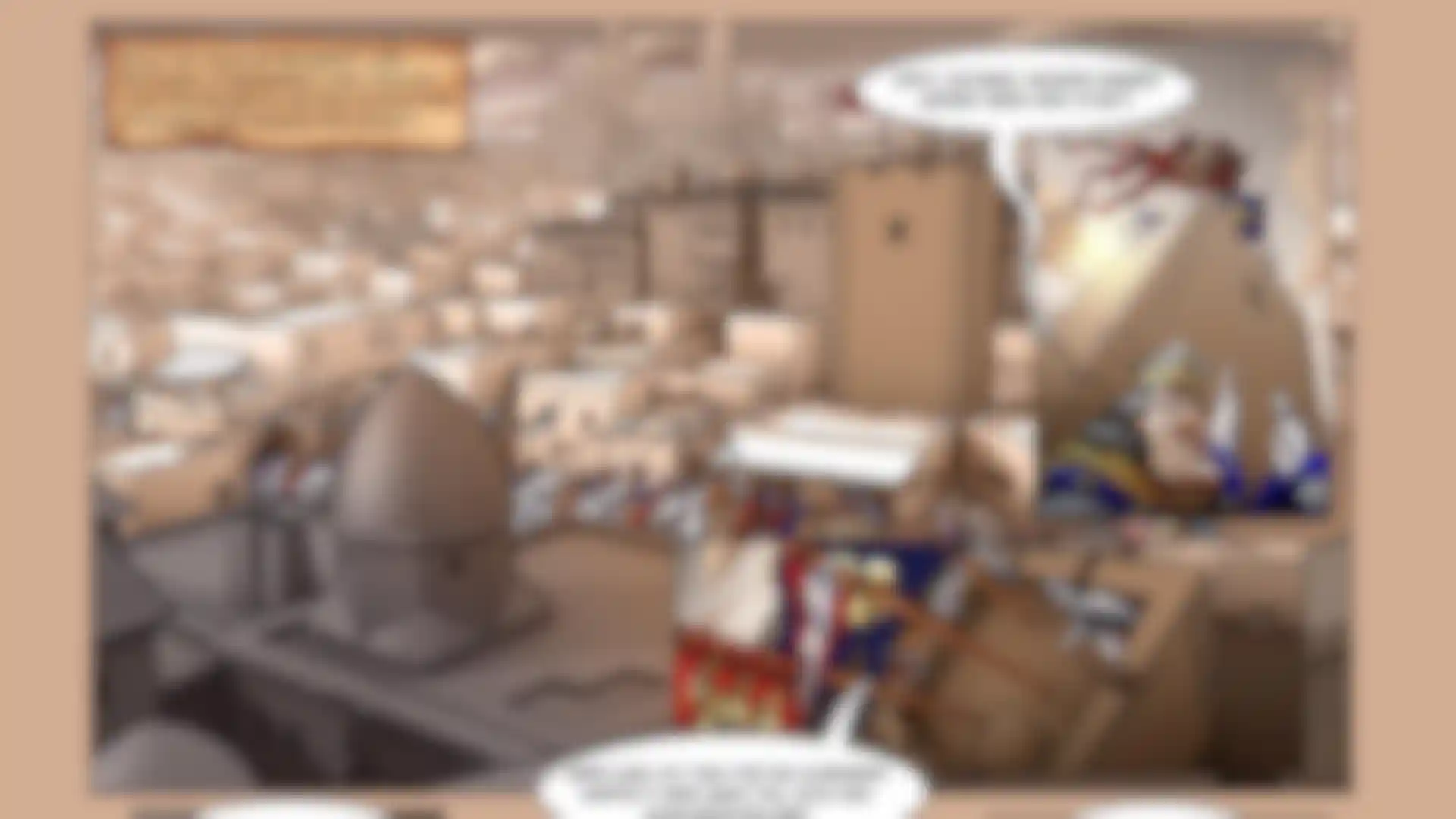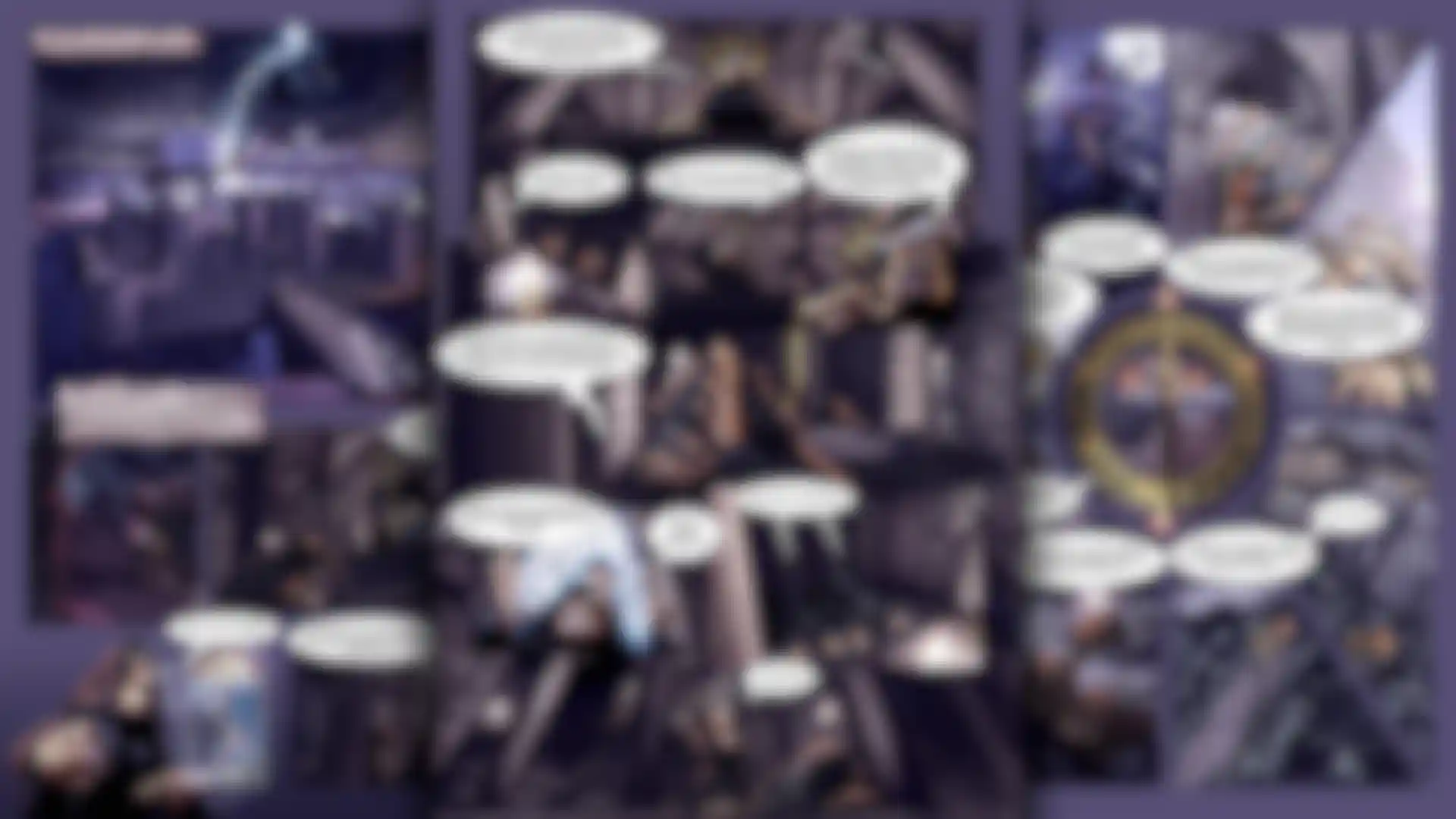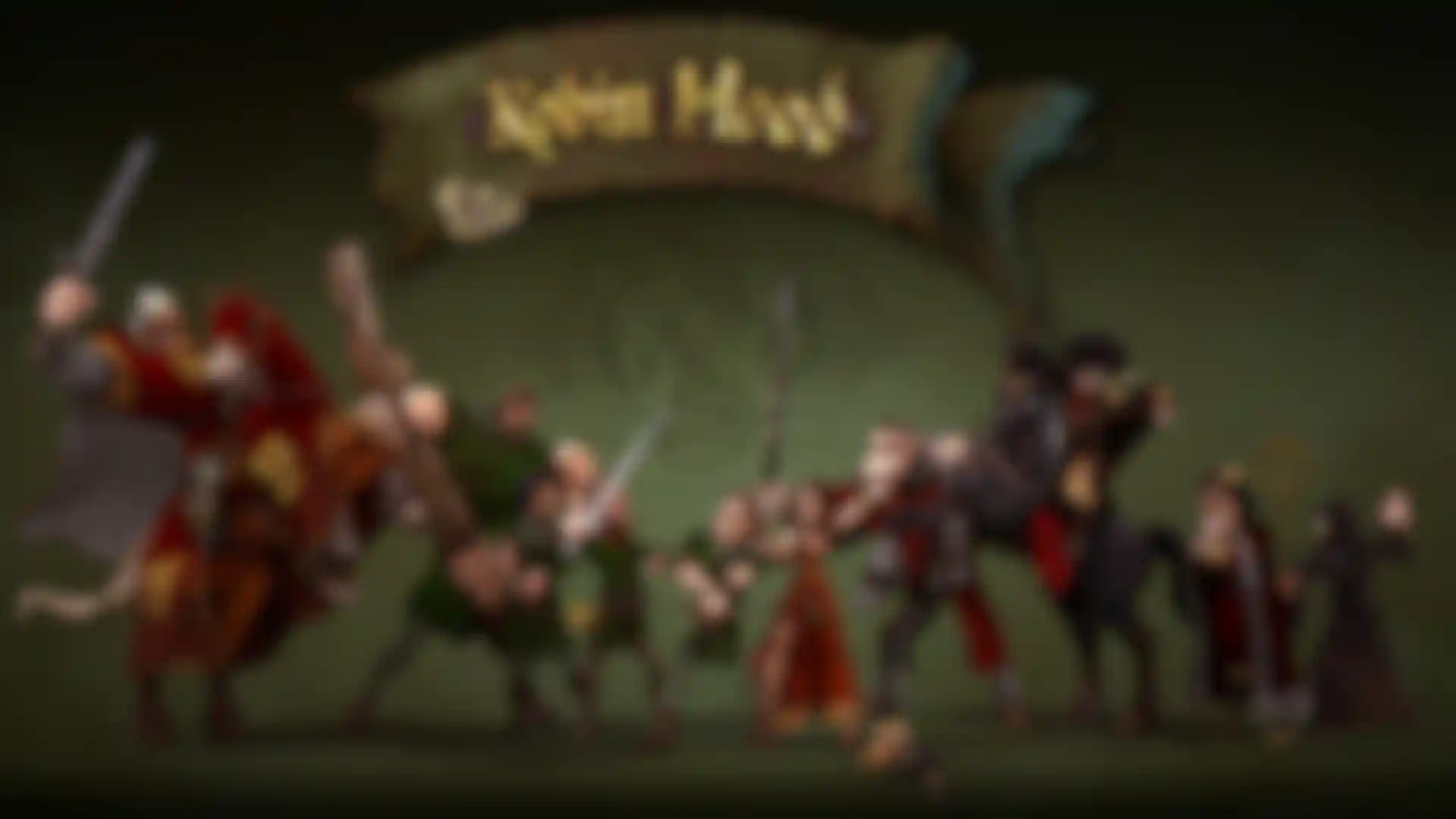
Robin Hood, the True Hero Artist Carsten Mell used Cinema 4D to create a wonderful comic album about Robin Hood.
Carsten Mell is an illustrator known for his enticing and humorous style. Point of sale displays, congenial characters and cover images are among the things that Carsten, who also works as an author, creates on a daily basis. One of his more successful stories about everyday madness ('At the Epicenter of Madness') burgeoned into an idea that he carried around with him since his days at university: The adventures of Robin Hood as a comic story. A lot has happened since he left university and Carsten had started working in the world of 3D in addition to his 2D work.
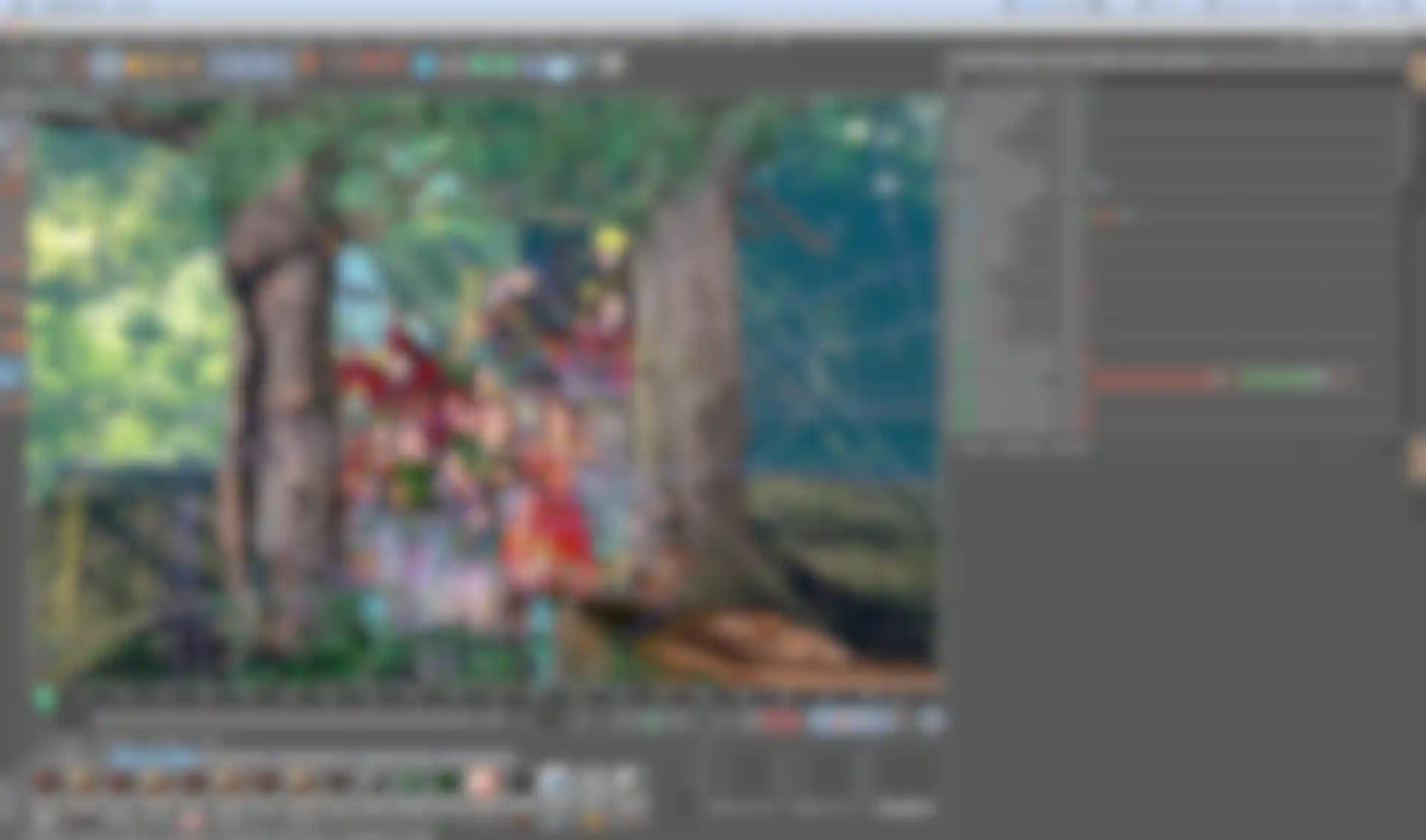
Carsten wants to use traditional 2D techniques as well as 3D elements to illustrate the 44-page story. The aim is to ease his workflow and also achieve the special look he imagines. Carsten has already modeled all important characters in the story in Cinema 4D, which saved him a great deal of time as opposed to using traditional illustration methods. Parts of the characters such as hands, whose movements are constantly repeated, don't have to be redrawn each time and only have to be copied and adapted to the character using the Sculpt feature in Cinema 4D. Only Maid Marian's hands were so different that they had to be modeled separately.
As soon as a new character is modeled, a Character object is assigned to it in Cinema 4D, which lets it be positioned quickly and easily after it's been weighted. Carsten decided not to save poses later use. "Surely this would have been a great help for a comic with numerous repetitive poses but I didn't want to risk the characters looking like they had been mass produced."
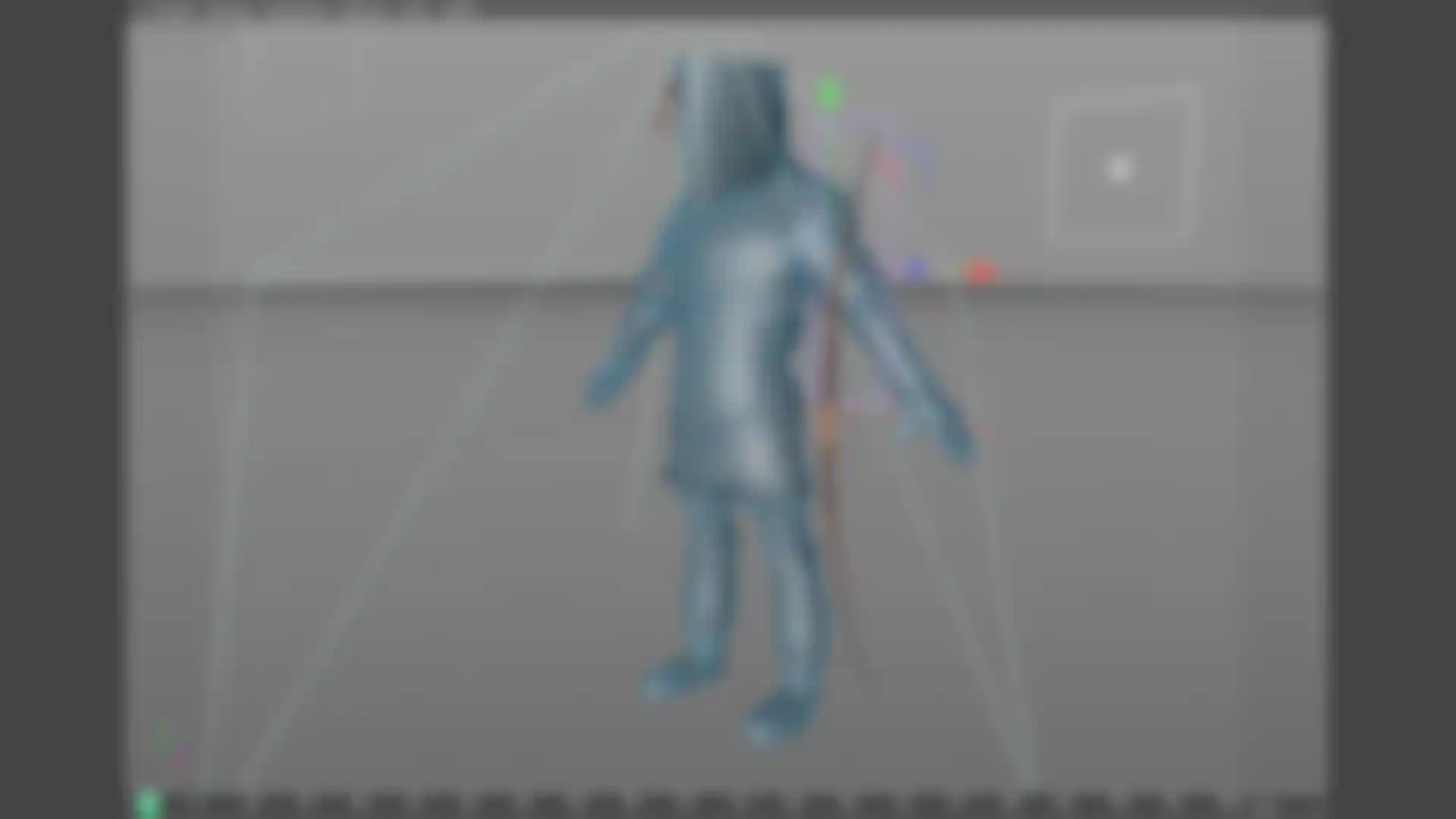
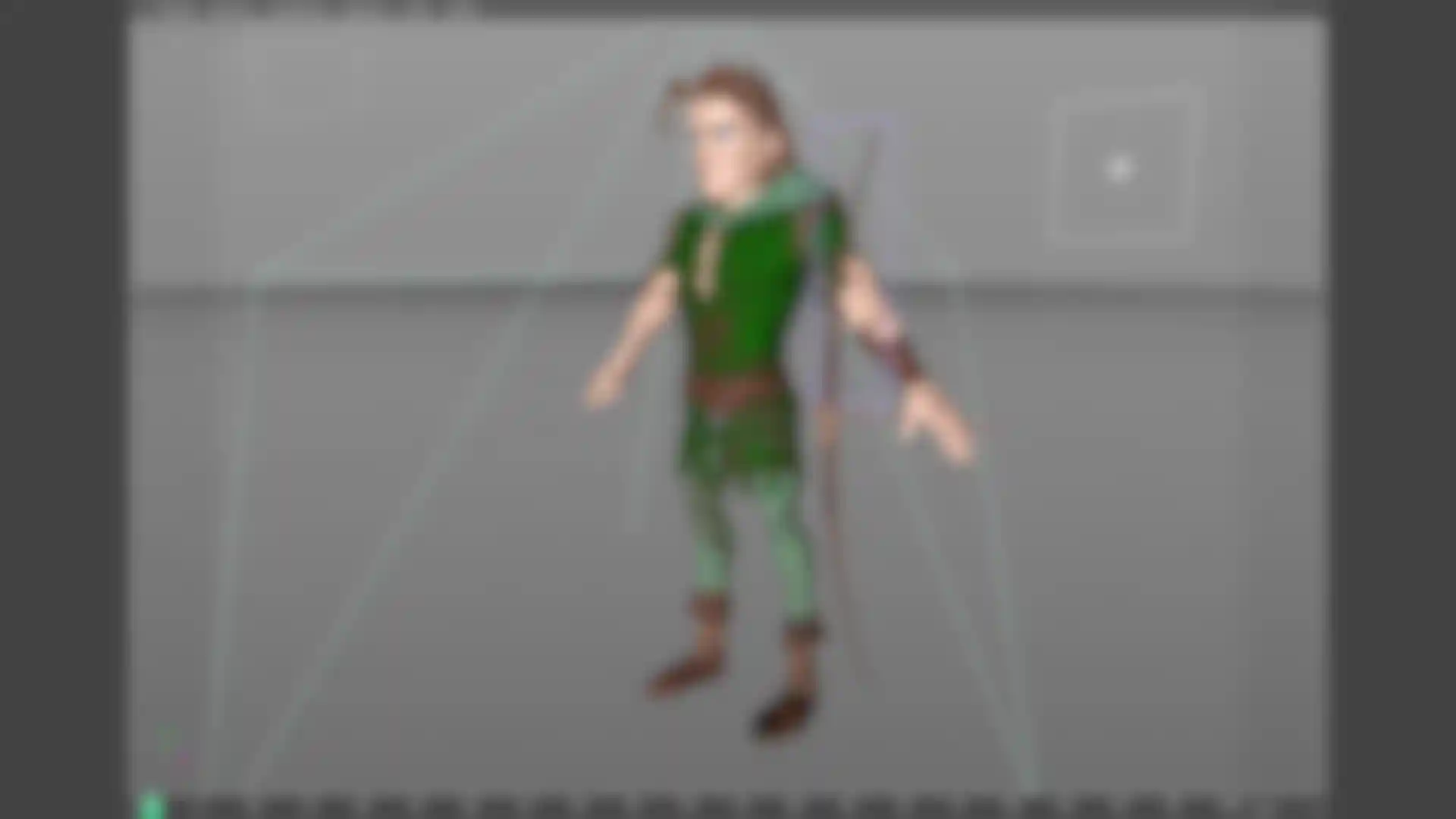
Not all characters will be created in 3D. Characters that only make cameo appearances will be illustrated using traditional techniques. It takes Carsten about two days to complete one page of his comic - as long as he's not interrupted by other work. He uses the WACOM Cintiq Tablet to draw the 2D elements.
In addition to the characters, Cinema 4D was also used to create accessories and buildings. Carsten paid close attention to historic architectural details in particular and referenced historic blueprints and modern satellite imagery to recreate the settings. Since the story of Robin Hood is not complete without touching on the part that Richard the Lionhearted played in the crusades, historic cities such as Jerusalem and Akkon as well as London and Nottingham were included, which were created completely in Cinema 4D.
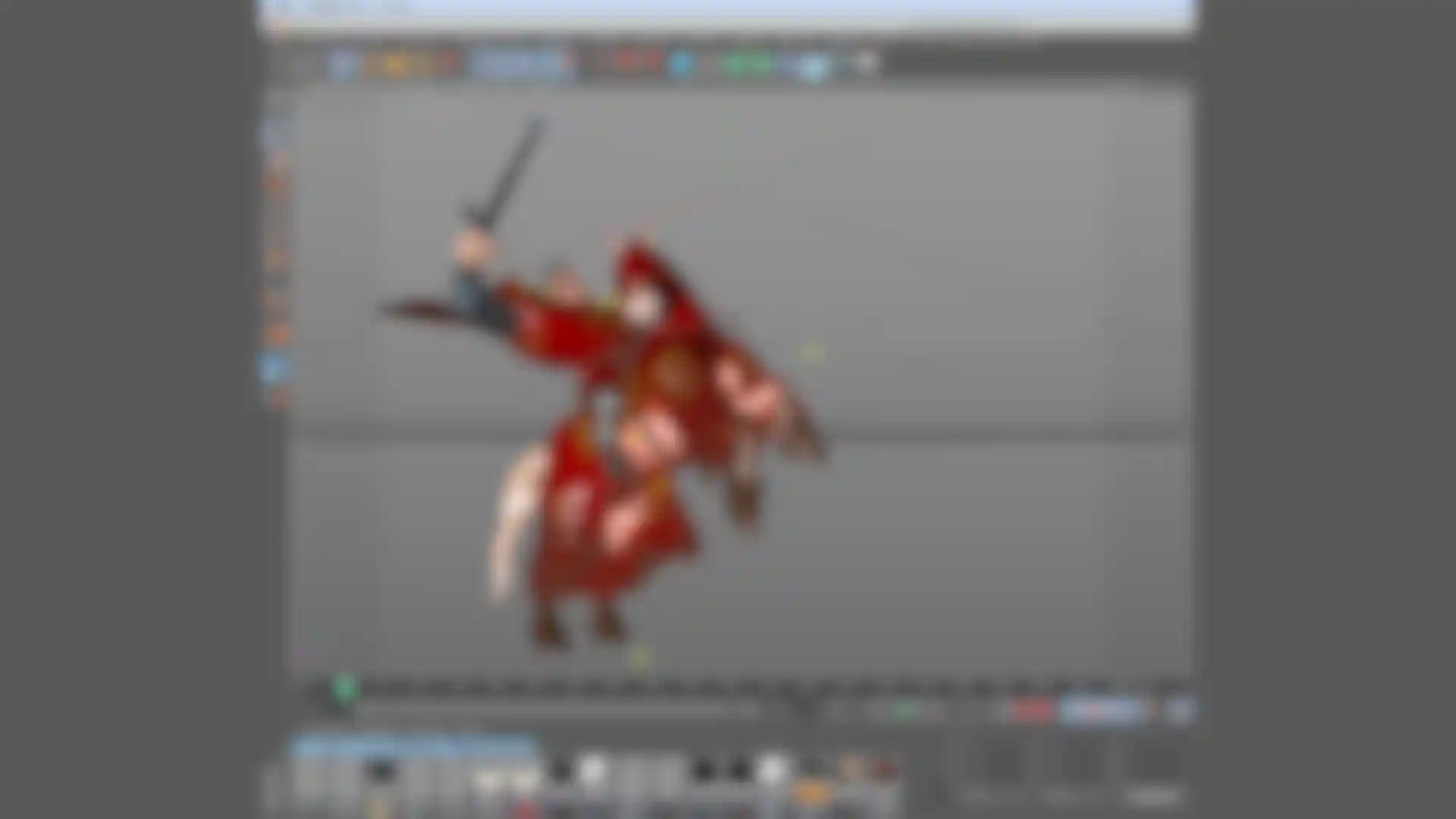
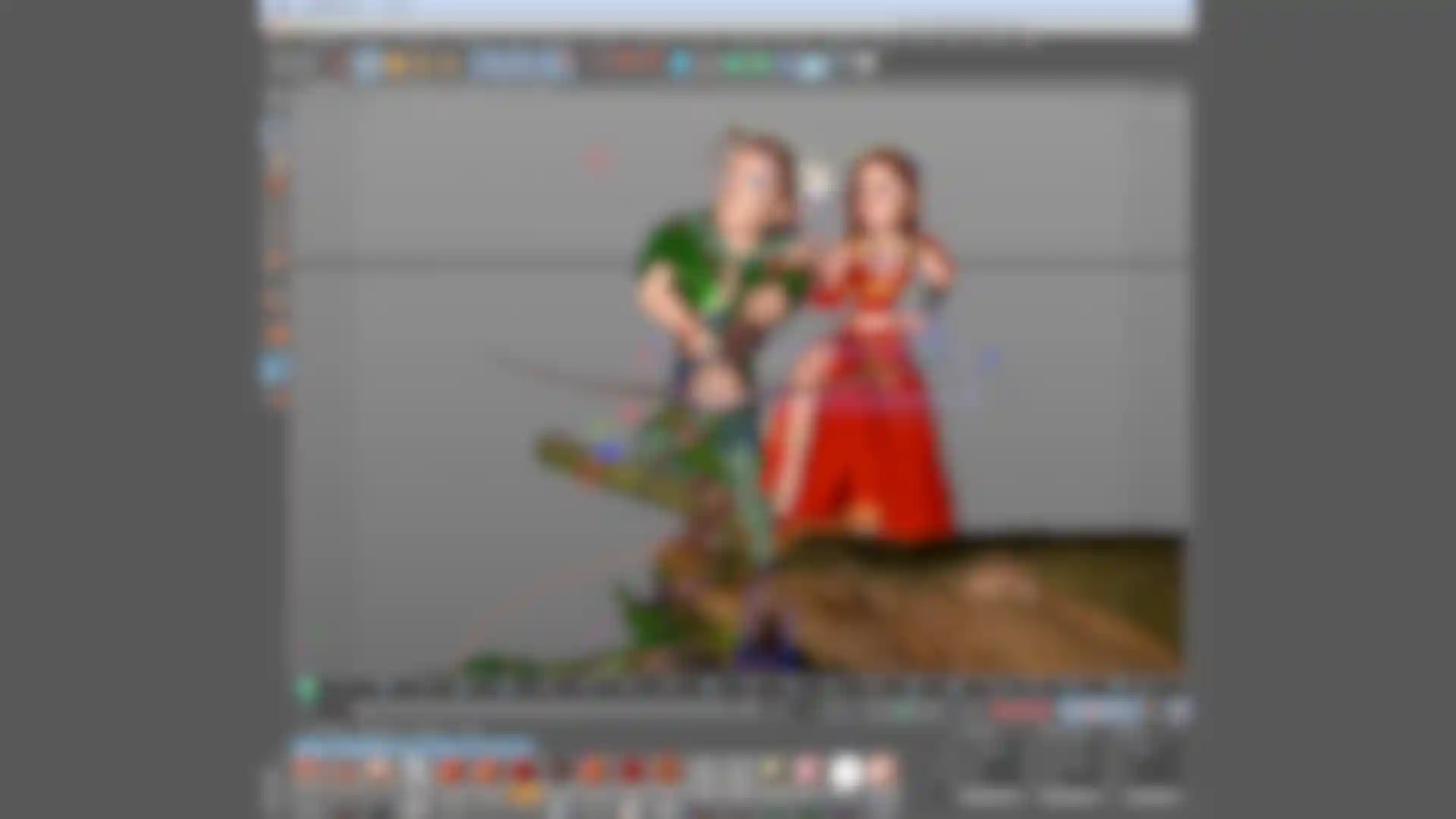
Carsten used Cinema 4D's Physical Renderer, which let him include depth of field and motion blur in his images. These effects played an important role and Photoshop didn't offer the level of quality or the look that Carsten wanted.
Carsten has completed about 1/3 of the 44-page story and he plans to publish the work himself on Amazon. As soon as Carsten completes this ambitious project, we'll have another look!
Robin Hood website:
www.facebook.com/DieWahreGeschichteVonRobinHood/
Carsten Mell's website:
www.carstenmell.com
